In the Mekong Delta, the country's rice granary, the rate of clean water use that meets national standards is about 57%. According to a report by the Department of Irrigation, the entire Mekong Delta has 3,928 centralized rural water supply works, of which the number of works operating sustainably is about 2,450, accounting for 62%. However, during the dry season, many centralized water supply works also face difficulties in providing clean water to people. In the dry season of 2019-2020, about 96,000 households lacked domestic water, of which 20,600 households used water from centralized water supply works, the rest were households supplied with water from households. Thus, it can be seen that in the context of increasingly severe climate change and saline intrusion, access to clean, safe and sustainable water sources will be a big and long-term problem for the Mekong Delta provinces.
During the dry season, in some places in the Mekong Delta, there is a lack of water supply to centralized water supply stations due to salinity of surface water. However, building a centralized saline water treatment plant in each locality will not take advantage of the available centralized water supply plants and will require a huge amount of funding.
From this situation, the Korea Institute of Science and Technology (KIST) and the Vietnam - Korea Institute of Science and Technology (VKIST) have approached the direction of treating saline water on a small scale, which can meet the drinking water needs of about 500-1000 people/day. The first saline water treatment system developed by KIST and VKIST was located at Thanh Hai Primary School, Hung Thanh B Hamlet, Thanh Phu District, Ben Tre Province in 2021 with a capacity of 2 m3/day. At the time of installing the saline water treatment system, some schools in Ben Tre were equipped with reverse osmosis (RO) desalination systems through the "Clean Water for Schools" program with a capacity of about 0.5 m3/day and night. However, there are still many schools in Ben Tre province that do not have a desalination water filtration system, many students have to bring water from home, which is also rainwater or well water, which does not guarantee quality. To ensure drinking water for students and boarding activities at school, many schools have to buy bottled water. The cost of drinking water is therefore not small.
In addition, due to the characteristics of water sources in Ben Tre in particular and the Mekong Delta provinces in general, which contain organic compounds of iron and manganese, if there is no appropriate treatment, it will easily clog the RO filter membrane, reducing the operating efficiency as well as the lifespan of the RO filter membrane.
The advantage of the saline water treatment system jointly developed by VKIST and KIST is the addition of a coagulation and sedimentation tank before going through the filtration system including rough filter and RO. The coagulation and sedimentation system together with rough filter columns will minimize organic compounds containing iron, manganese, as well as dissolved solids in the water before going through the RO filter membrane, limiting the phenomenon of filter membrane clogging, thereby increasing working efficiency, prolonging equipment life and saving costs. After going through the coagulation and sedimentation tank, the water will go through the filter columns of the rough filter, including the manganese sand filter column to remove iron and manganese, the activated carbon filter column to remove odor, and the microfilter column to remove remaining residue before going into the RO filter membrane system. After going through the RO filter membrane system, components such as salt, dissolved ions, and microorganisms in the water will be removed, and finally the water will go through the UV sterilizer to finally remove any remaining microorganisms. Treated water will be stored in tanks.
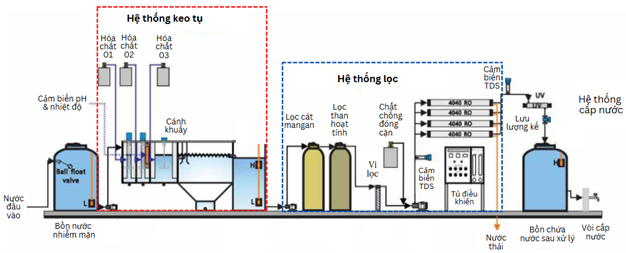
Diagram of the saline water filtration system at Thanh Hai Primary School, Thanh Phu District, Ben Tre Province.
In addition, the saline water treatment system installed at Thanh Hai Primary School uses solar energy, taking advantage of the abundant radiation energy, especially in the dry season, with up to 8.5 hours of sunshine per day in Ben Tre province. Installing the entire water treatment system in a container allows the system to be flexibly moved to desired locations. The current saline water treatment system can provide drinking water for more than 500 teachers and students at Thanh Hai Primary School.
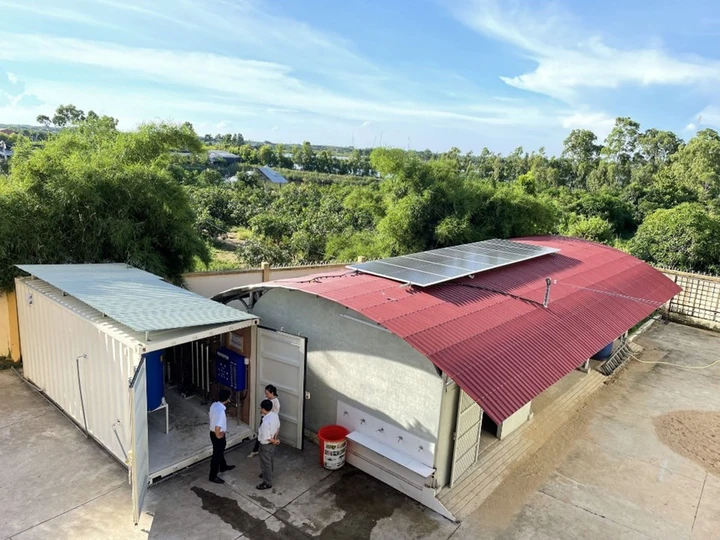
Salt water filtration system installed at Thanh Hai Primary School, Thanh Phu District, Ben Tre Province.
From the success of the first saline water filtration system in Ben Tre, VKIST continues to improve and optimize the water filtration system based on local conditions, while localizing components and equipment to optimize installation costs. The second water filtration system will be installed at Tran De Secondary School for Ethnic Minorities, Tran De District, Soc Trang Province in August 2024, ensuring drinking water supply for more than 300 teachers and students.
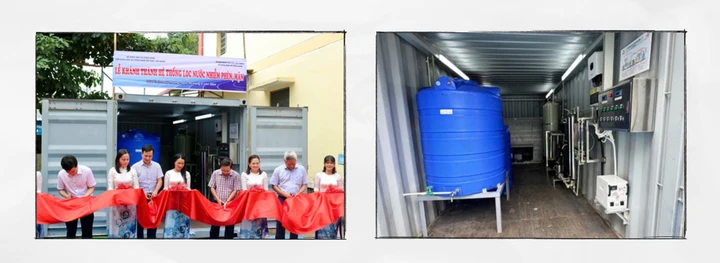
Salt water filtration system at Tran De Secondary School for Ethnic Minorities, Tran De district, Soc Trang province.
If the 2015-2016 drought and salinity were considered a record, only occurring once every 100 years, the 2019-2020 drought and salinity broke all established records. In the 2019-2020 dry season, the drought and salinity started in mid-December 2019, nearly 1 month earlier than the 2015-2016 dry season and 3 months earlier than the average of the years. If in 2016, at its peak, fresh water could still be obtained from 25km from the sea, in 2020 the fresh water area had to be 40km or further inland. Particularly, on the Ham Luong River, which is 75km from the sea, fresh water could not be obtained. On the Vam Co River, water with a salinity of 4 parts per thousand penetrated about 100km inland; on the Hau River and Co Chien River, it penetrated nearly 70km inland; on the Cua Tieu, Cua Dai, Cai Lon rivers, reaching nearly 60km deep. The salinity intrusion on these rivers has gone deeper than the same period in 2016 by about 3 - 11km. It can be seen that, due to climate change, salinity intrusion is becoming increasingly severe and constantly changing. Therefore, the development of saline water treatment systems suitable for local conditions is very necessary.
To cope with the shortage of clean water in rural areas, the Vietnamese Government and authorities at all levels have made great efforts to achieve the goal of ensuring clean water for rural areas, especially in the Mekong Delta. Key programs such as the National Target Program on Clean Water and Rural Environmental Sanitation have been widely implemented, combined with investment in the construction of thousands of centralized water supply works, technical support for people and the issuance of many important legal documents such as Decision 1978/QD-TTg (2021) and the Law on Water Resources (amended in 2023). These efforts have helped the rate of rural people using hygienic water reach about 92% and the rate of using water meeting national standards reach about 57%.
Continuing to develop and replicate models such as the saline water filtration system developed by VKIST and KIST, or other saline water treatment technologies, is extremely necessary and requires support in terms of resources and funding from local authorities as well as social organizations, to ensure the goal of access to clean water for everyone.
Source: https://mst.gov.vn/vkist-phat-trien-he-thong-loc-nuoc-nhiem-man-thich-ung-bien-doi-khi-hau-tai-dong-bang-song-cuu-long-197250617203902989.htm



![[Photo] President Luong Cuong attends the 80th Anniversary of the Traditional Day of Vietnamese Lawyers](https://vphoto.vietnam.vn/thumb/1200x675/vietnam/resource/IMAGE/2025/10/09/1760026998213_ndo_br_1-jpg.webp)
![[Photo] General Secretary To Lam visits Kieng Sang Kindergarten and the classroom named after Uncle Ho](https://vphoto.vietnam.vn/thumb/1200x675/vietnam/resource/IMAGE/2025/10/09/1760023999336_vna-potal-tong-bi-thu-to-lam-tham-truong-mau-giao-kieng-sang-va-lop-hoc-mang-ten-bac-ho-8328675-277-jpg.webp)


![[Photo] Prime Minister Pham Minh Chinh chairs a meeting of the Government Standing Committee on overcoming the consequences of natural disasters after storm No. 11](https://vphoto.vietnam.vn/thumb/1200x675/vietnam/resource/IMAGE/2025/10/09/1759997894015_dsc-0591-jpg.webp)
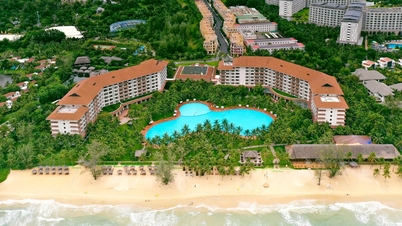

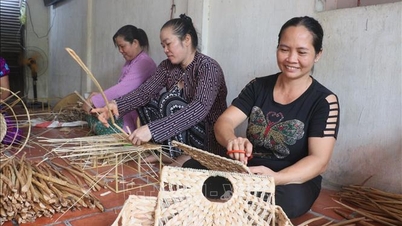

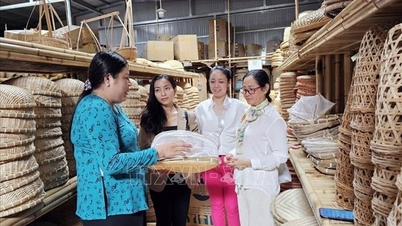
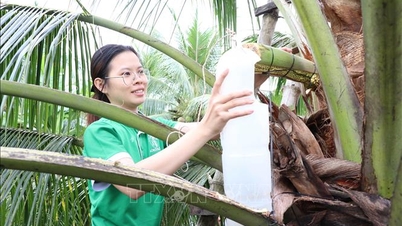






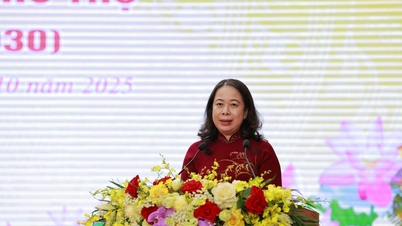





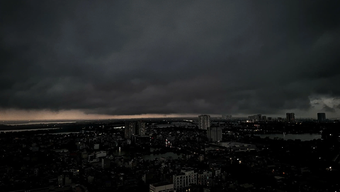
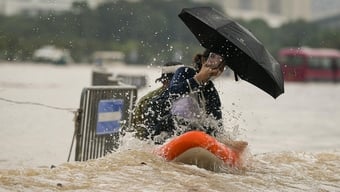


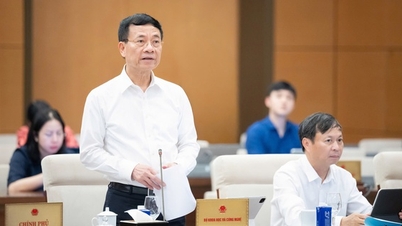




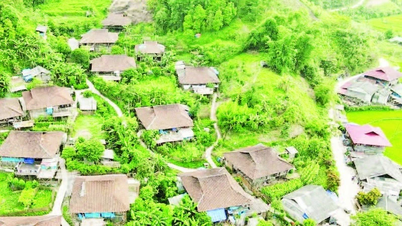

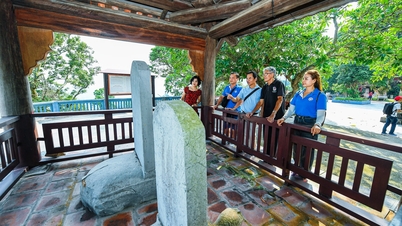

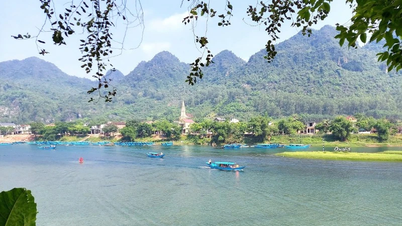
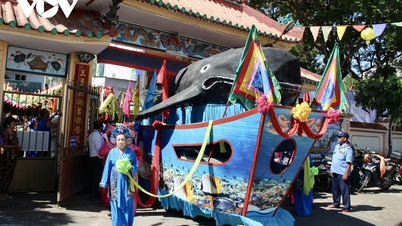










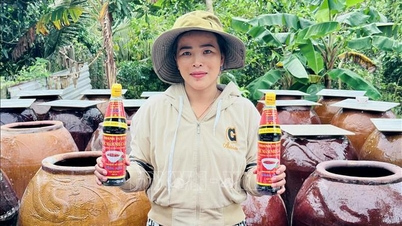














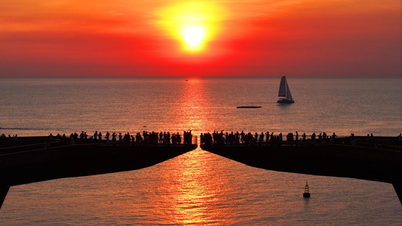






















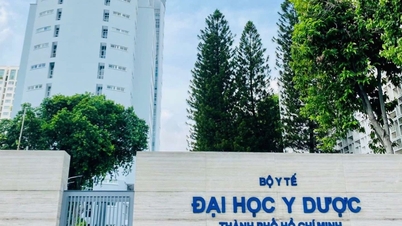
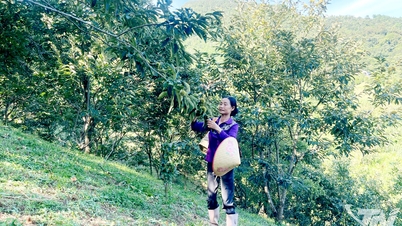






Comment (0)